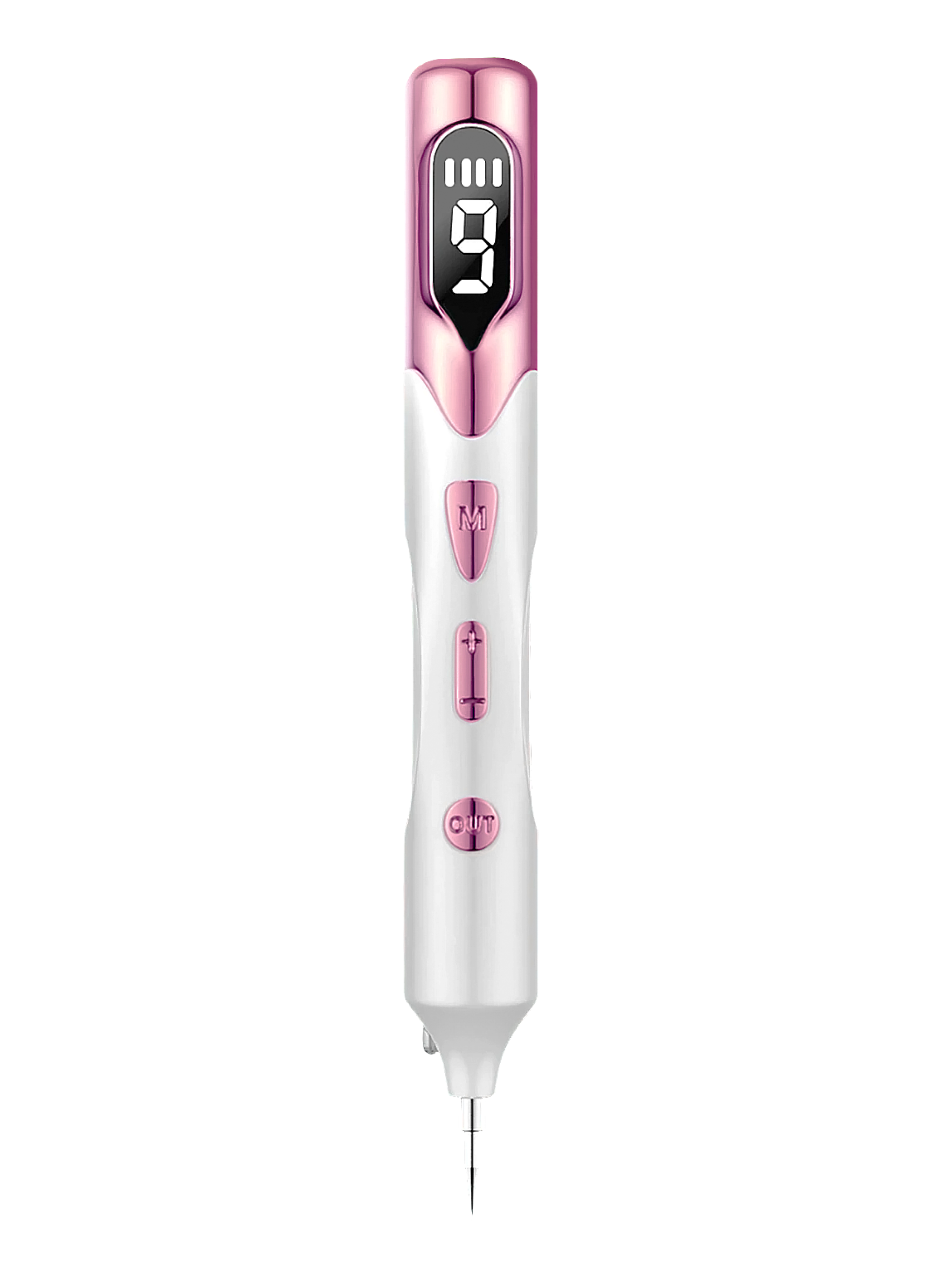Skin Tag vs Wart: Understanding the Difference
Published on Aug 01, 2023
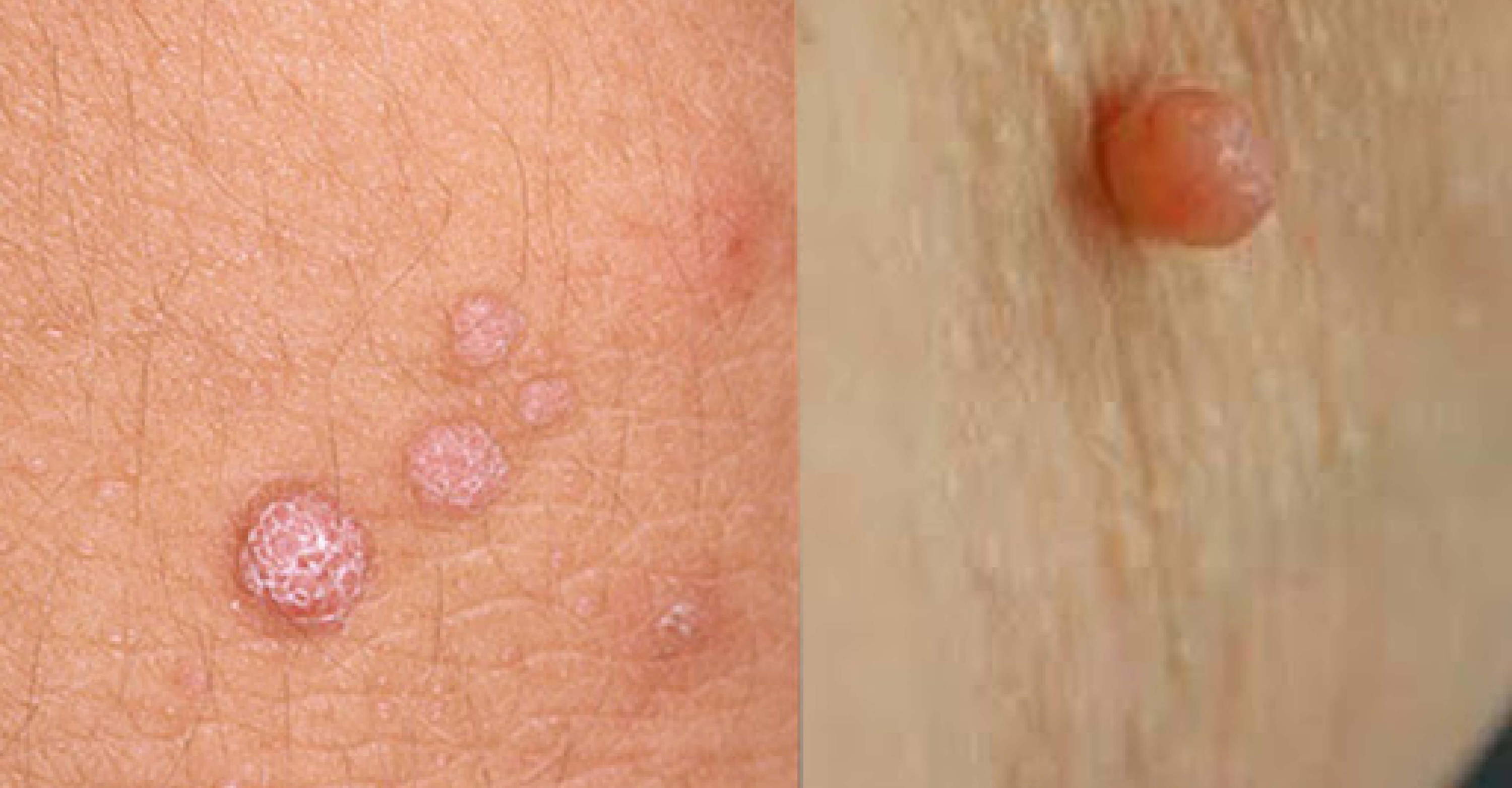
Skin tags vs Warts
If you've ever wondered how to tell the difference between a skin tag and a wart, you're not alone.
In this blog post, we will delve into valuable insights that will help you gain a thorough understanding of these skin conditions.
Our goal is to equip you with the knowledge you need to accurately identify skin tags and warts.
This will enable you to make informed decisions about the appropriate treatments or removal methods you can choose later.
Let's explore the unique characteristics and differences between skin tags and warts in depth.
Skin Tags
Skin tags, also known as acrochordons, are common benign growths that usually appear on the skin's surface.
They usually appear small, soft, and flesh-colored or slightly darker than the surrounding skin.
Acrochordons are usually painless and can range in size from a few millimeters to a few centimeters in diameter.
These bumps are composed of collagen fibers and blood vessels and are usually attached to the skin by a narrow stalk, giving them their characteristic appearance.
Characteristics
Size: They are generally small, although they can vary in size, ranging from a tiny pinpoint to several millimeters in diameter.
Texture: They are soft and flexible to the touch, often described as similar to a small flap of skin.
Color: They are typically flesh-colored or slightly darker than the surrounding skin, and may have a darker pigmentation in some cases.
Location: They commonly occur in areas where skin rubs against skin or clothing, such as the neck, armpits, under the breasts, and in the groin area.
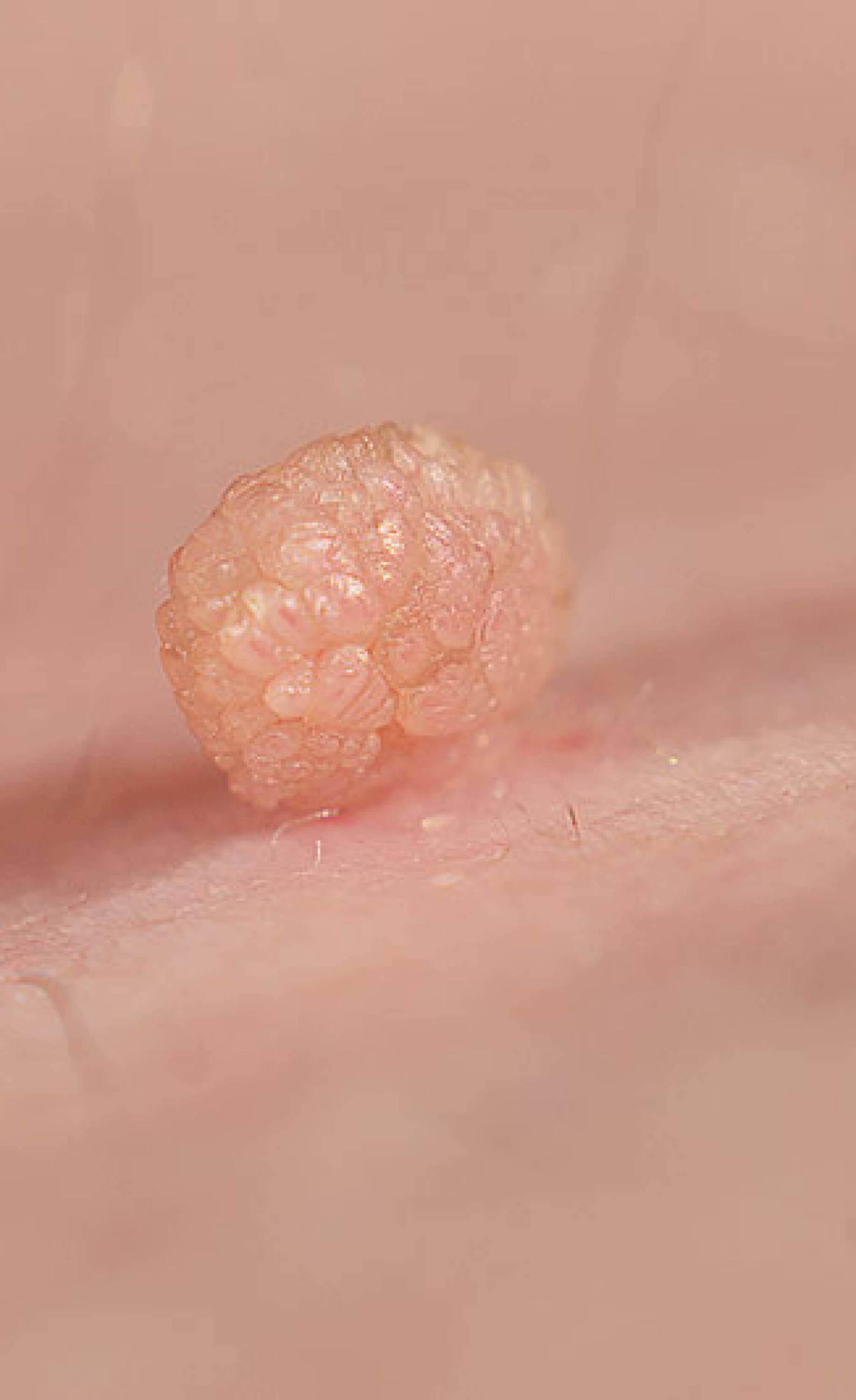
Primary causes
It's essential to note that skin tags are generally harmless and do not pose any medical concerns.
The exact cause of skin tags is not entirely understood, but several factors are believed to contribute to their development:
Friction: Constant rubbing of skin against skin or clothing can lead to the formation of skin tags.
Age: More frequent in young people and adults. Although they can appear at any age, their prevalence increases with age.
Obesity: The excess of skin folds and wrinkles generated from being overweight is a reason that favors the formation of skin tags.
Genetics: There may be a genetic predisposition to develop skin tags. If your relatives have a history of skin tags, you may also have them.
Hormonal changes: Such as those that occur during pregnancy or in people with certain hormonal conditions, can influence appearance.
Warts
Warts are a common skin condition caused by the human papillomavirus (HPV).
They are non-cancerous growths that can appear anywhere on the body, including the hands, feet, face, and genitals.
Unlike skin tags, warts can have a rough and bumpy texture and may resemble small cauliflowers or blisters.
Warts can vary in size and shape, and their appearance depends on the type of virus causing the infection.
Characteristics
Texture: They often have a rough, uneven surface, which is caused by an overgrowth of skin cells.
Color: They can be flesh-colored, pink, white, or even slightly darker than the surrounding skin.
Location: Common warts usually appear on the hands and fingers, while plantar warts occur on the soles of the feet. Genital warts appear in the genital and anal areas.
Multiplicity: They can occur singly or in clusters. When they appear in groups, they are called mosaic warts.
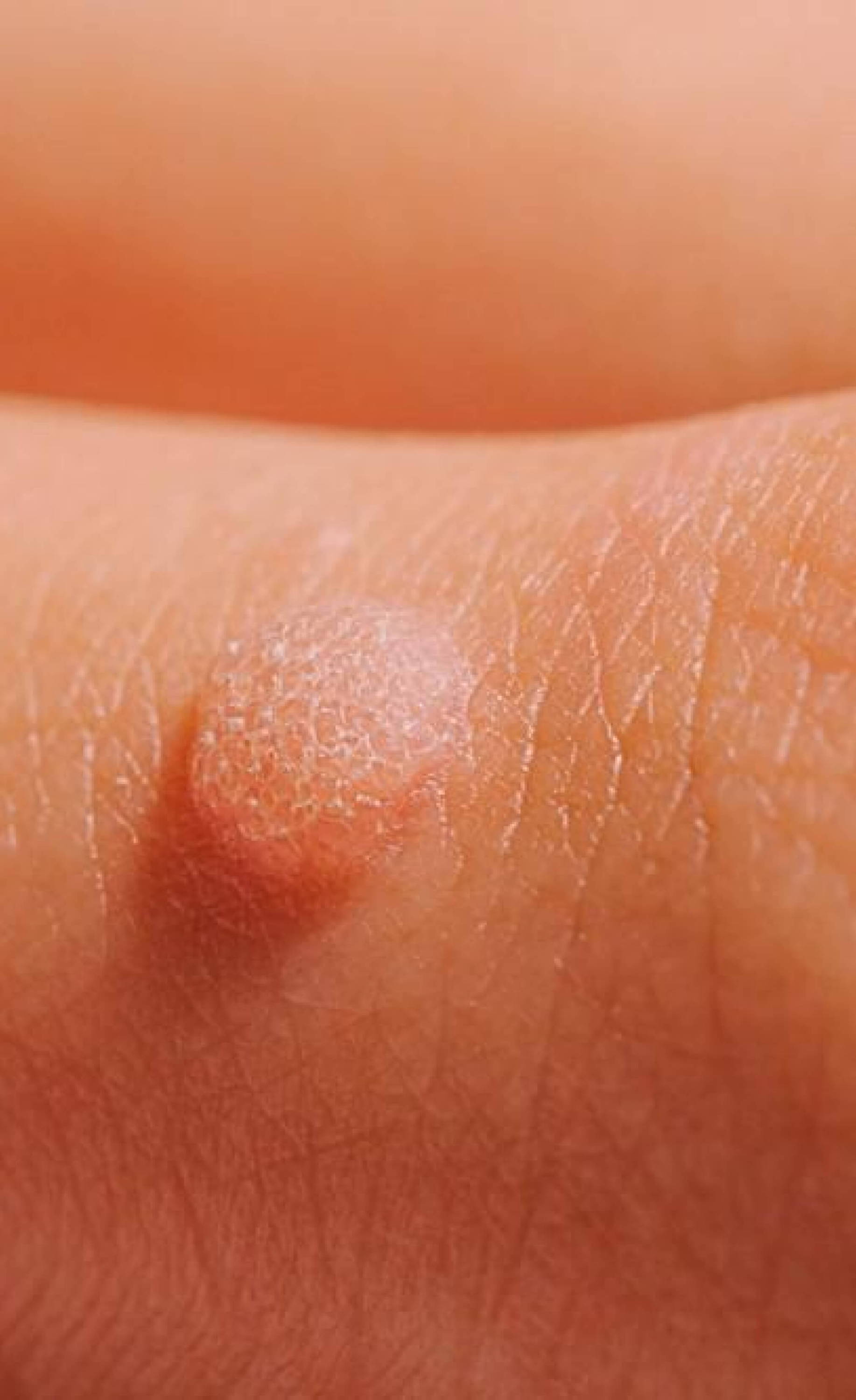
Primary causes
Warts are primarily caused by infection with certain strains of the human papilloma virus (HPV).
It's important to note that warts, like skin tags, are generally harmless and may disappear on their own over time.
The virus enters the body through tiny cuts, breaks, or weakened areas of the skin. It then infects skin cells and causes them to grow rapidly, resulting in the formation of warts.
Direct contact: It can spread through direct contact with an infected person or contaminated surface. It is often spread in environments where people go barefoot, such as public swimming pools and locker rooms.
Indirect contact: This can occur when a person touches an object that has been in contact with an infected person's wart, such as towels, socks, or shoes.
Autoinoculation: This occurs when a person touches a wart and then touches another part of their body, spreading the virus to a new area.
Sexual contact: Certain strains of the virus can be transmitted through sexual contact, resulting in genital warts.
Differences between
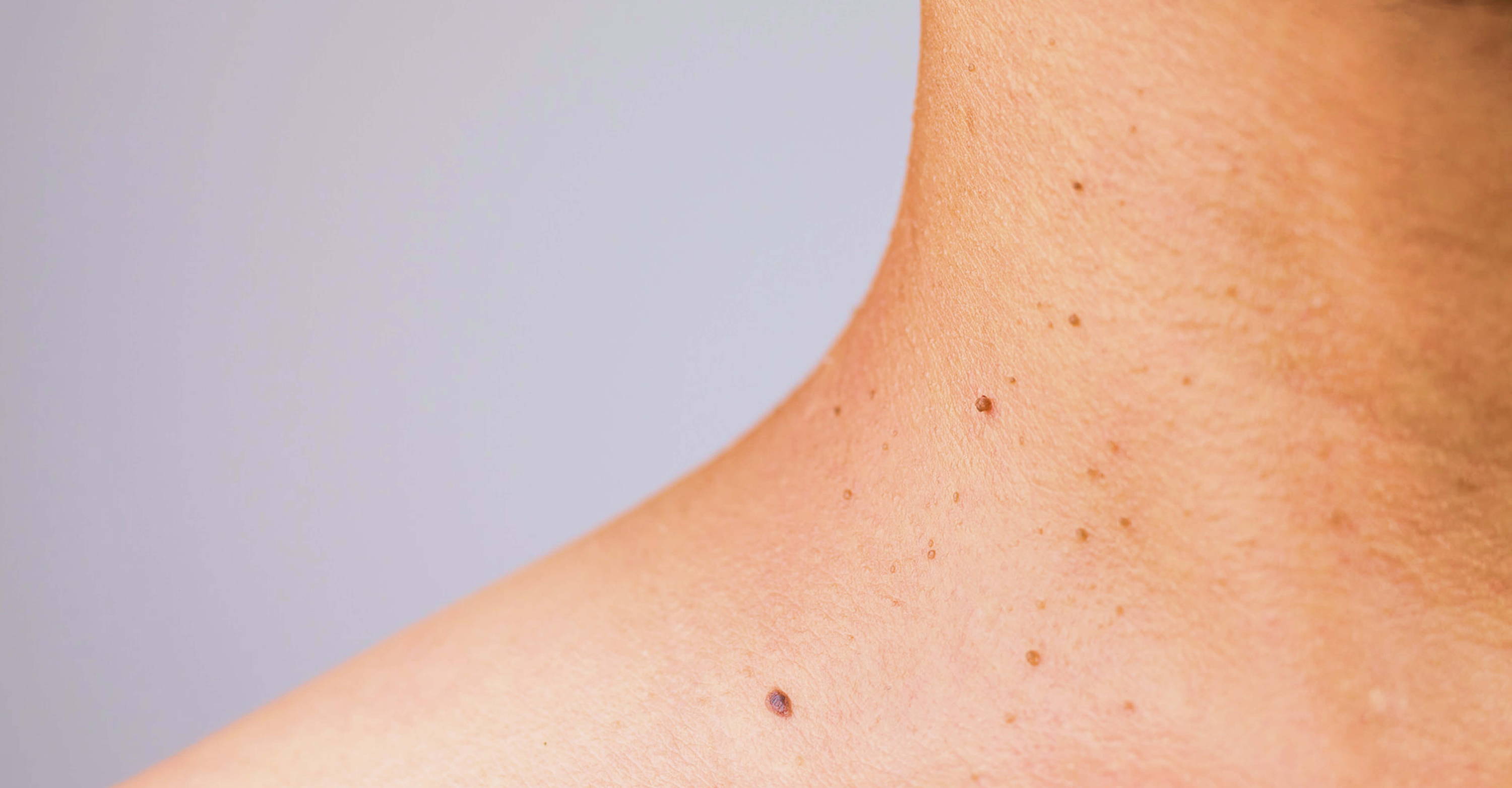
A woman recognizing her skin conditions
Although skin tags like warts are common skin growths, we have seen that there are distinctive features that can help differentiate between the two conditions.
Beyond distinguishing by cause, appearance, and location. Let's look at a more specific distinction:
Growth pattern:
Skin tags usually grow slowly and do not change size quickly. They may stay the same size or get slightly larger over time. In contrast, warts can appear and grow rapidly, especially if left untreated.
Pain and discomfort:
Skin tags are usually painless and do not cause discomfort unless they are irritated by friction or clothing. Warts, especially plantar warts (on the soles of the feet), can be painful and cause discomfort when walking or standing.Transmission:
Skin tags are not contagious and cannot be spread from person to person. However, warts are highly contagious and can be spread by direct or indirect contact with an infected person or surface.Be mindful of shaving and hair removal:
Certain hair removal methods, such as waxing, can irritate the skin and potentially contribute to the development of skin tags.
If you notice an increase in skin tags after hair removal, consider exploring alternative methods or adjusting your technique to minimize skin irritation.
Protect your skin from the sun:
Prolonged sun exposure can damage the skin and contribute to various skin conditions, including skin tags.Protect your skin by wearing sunscreen with a high SPF, seeking shade during peak sun hours, and wearing protective clothing.
Mistaken identity: what can be confused with a wart?
Can you put wart remover on skin tags?
Using wart removers on skin tags may lead to several limitations and potential risks:
Ineffectiveness: They may not effectively remove skin tags, and the growth may persist even after repeated application.
Skin Irritation: They can cause skin irritation, redness, and discomfort due to the different chemical compositions and application methods.
Scarring: Improper use of these products on skin tags could result in scarring or damage to the surrounding skin.
Expensive and wasteful: Using wart removers may result in unnecessary expenses, especially if the product is not effective in removing the growth.
Now do you know how to get started?
Skin tags and warts are two common skin conditions that can often be confused due to their similar appearance.
Many people come across skin growths on their bodies and wonder whether they have a skin tag or a wart.
The confusion is understandable as both conditions can occur in similar areas and share some visual similarities.

However, understanding the difference between these two growths is essential for accurate identification and appropriate treatment.
As we have seen, knowing the differences between skin tags and warts was critical to accurate identification and appropriate treatment.
By understanding the differences between skin tags and warts, you can make informed decisions about your skin health.
We hope we have helped you and guided you to take the right steps for effective management and treatment. And find the perfect solution for your specific skin condition.
REMOVE YOUR SKIN TAGS AT HOME WITHOUT THE HIGH PRICE

Skintify Fibroblast Plasma Pen
✓ 60 day money-back guarantee
Get your Skintify Plasma Pen with 30% off!
Say definitely goodbye to skin tags and moles. Don't miss the opportunity to get real results.
Visit the site now and place your order before it's too late. Get the flawless skin you've always dreamed of!
Deal ending in:
- 4780 Winchester Blvd, Frederick Maryland, 21703
- support@skintify.co
- +1 786 540 6175




